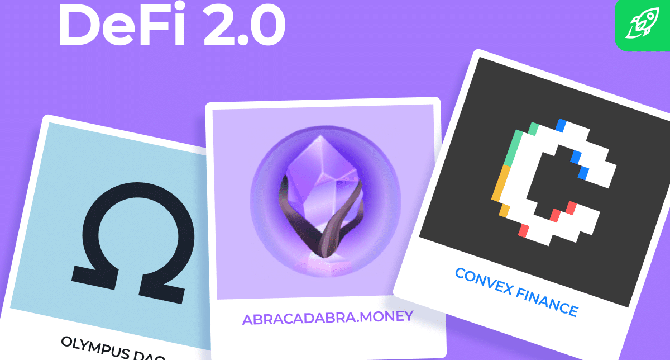Changelly
1M
100

Image Credit: Changelly
What Is DeFi 2.0 and Why It Matters
- DeFi 2.0 aims to address the flaws of DeFi 1.0 by improving liquidity management, reducing risk, and introducing more sustainable models.
- It focuses on protocols owning their liquidity, introducing bonding mechanisms, self-repaying loans, and more efficient treasury management.
- DeFi 2.0 aims to create a more sustainable and efficient decentralized finance ecosystem by reducing dependence on external rewards.
- Key innovations in DeFi 2.0 include improved scalability, enhanced security, DAO governance, cross-chain interoperability, and better user experience.
- Projects like OlympusDAO, Tokemak, Alchemix, and Abracadabra Money are implementing concepts of DeFi 2.0 such as protocol-owned liquidity and self-repaying loans.
- DeFi 3.0 is expected to address gaps in DeFi 2.0, such as real-world asset tokenization, AI-driven protocols, better cross-chain tools, regulations, and innovative liquidity provision models.
- DeFi 3.0 will build on the advances of DeFi 2.0, offering smarter automation, increased access to markets, and improved risk management tools while maintaining decentralization.
- It is important for users to stay informed about the evolving DeFi landscape, potential risks, and regulatory developments to make informed decisions in the crypto space.
- Disclaimer: The information provided is the author's opinion and not financial advice. Investors should conduct thorough research and consider various viewpoints before making investment decisions.
Read Full Article
6 Likes
For uninterrupted reading, download the app